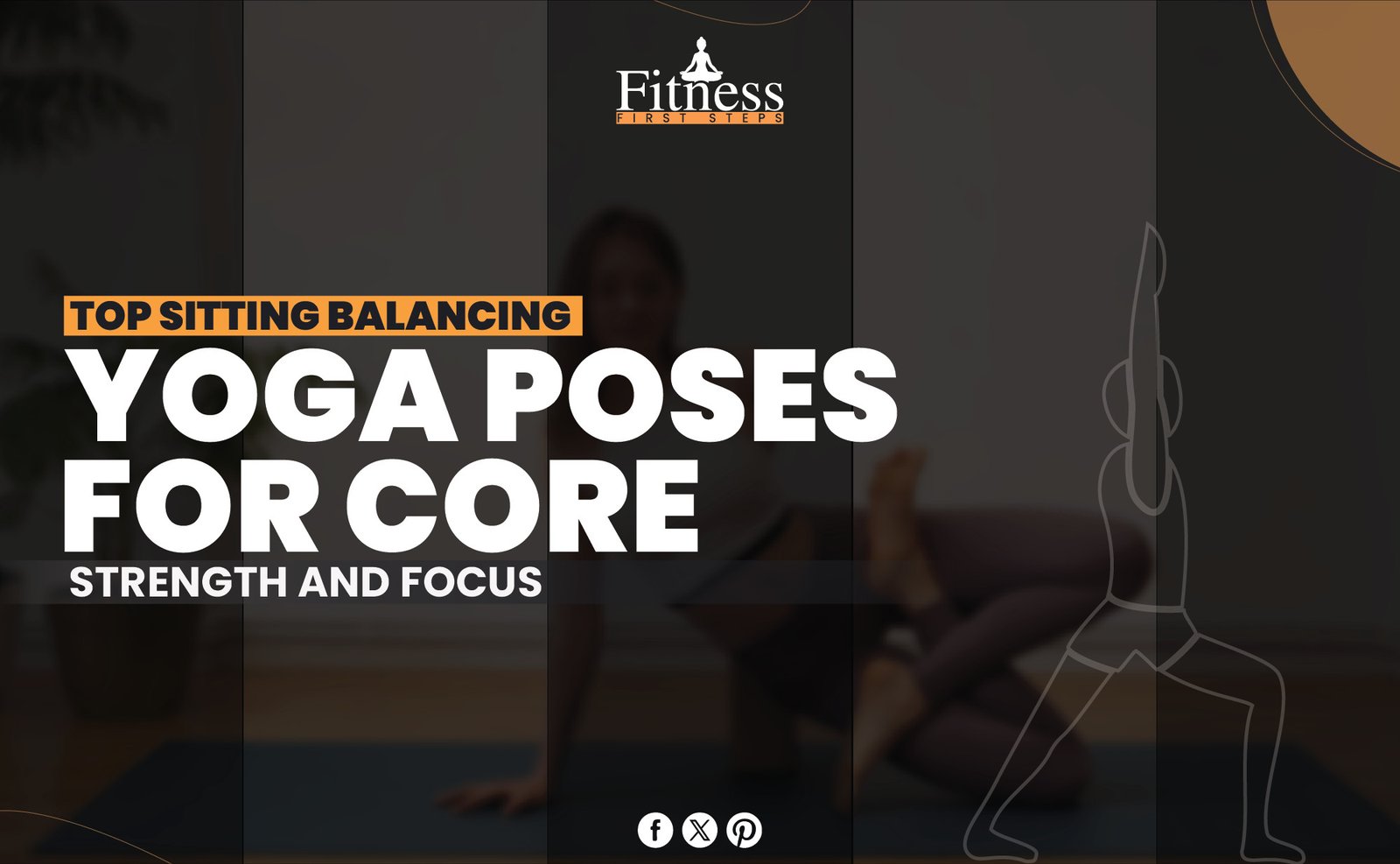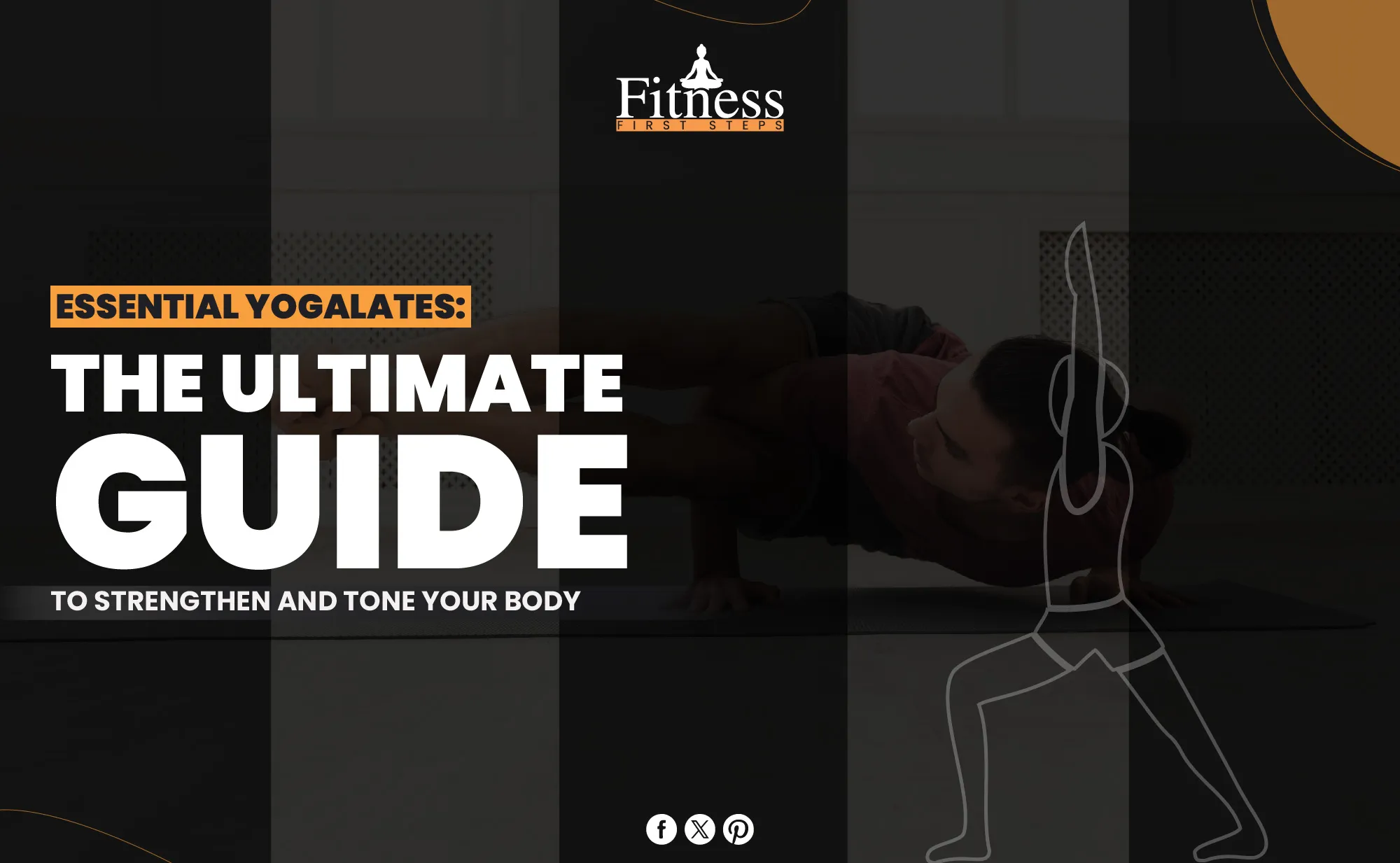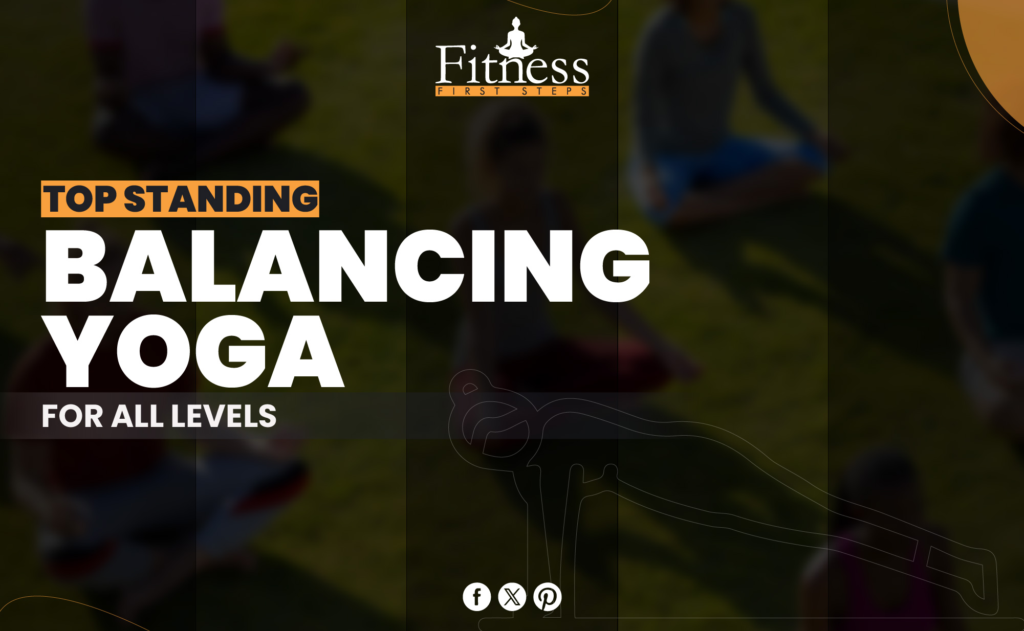Introduction
Many women find that pregnancy is a wonderful, though difficult, period of transitions, expectation, and planning. It is a time when maintaining your general well-being can be greatly improved by being active and aware. This is where CorePower Yoga Prenatal comes in—a well-balanced combination of mental clarity, flexibility, and strength designed especially for pregnant mothers. This book is devoted to educating the novice, comforting the curious, and improving the yoga experience for pregnant moms everywhere.
Read more about Prenatal Yoga for Every Trimester.
Benefits of CorePower Yoga Prenatal
- Enhanced Flexibility: Corepower Yoga Prenatal enhances flexibility, facilitating the body’s adaptation to pregnancy-related changes and readiness for birthing.
- Improved Strength: Specific yoga postures effectively enhance the strength of the core, back, and pelvic muscles, which play a vital role in supporting the baby’s weight and can contribute to a more seamless process of childbirth.
- Stress Reduction: CorePower Yoga Prenatal utilizes specific breathing and meditation methods to effectively decrease tension and anxiety while fostering tranquility and overall wellness.
- Better Sleep: Consistent engagement in yoga might enhance sleep quality by mitigating typical discomforts experienced during pregnancy, such as back pain and restlessness.
- Community and Support: Enrolling in a CorePower Yoga Prenatal class allows you to establish connections with fellow pregnant women, fostering emotional assistance and a feeling of belonging throughout this influential stage of life.
- Increased Body Awareness: CorePower Yoga Prenatal enhances the bond between the mind and body, enabling pregnant women to attune to their body’s needs and the transformations it is experiencing.
Understanding CorePower Yoga Prenatal
Overview of CorePower Yoga
CorePower Yoga is a vigorous and challenging yoga that integrates physical strength, flexibility, and mindfulness. Hailing from the Western region, this exercise regimen is designed to deliver a comprehensive workout for the entire body. It achieves this by incorporating a range of poses and sequences that are both demanding and stimulating. The technique is renowned for enhancing general physical fitness, fostering cognitive clarity, and alleviating stress.
Adaptations for Prenatal Practice
- Modified Poses: CorePower Yoga modifies traditional postures to suit the evolving pregnant physique, emphasizing safety and comfort. Poses are adjusted to alleviate any strain on the abdomen and accommodate the shifts in balance during pregnancy.
- Use of Props: Props such as bolsters, blocks, and straps are recommended to offer assistance, promote proper alignment, and enhance the accessibility of poses as the body changes.
- Attention to Breathing: The focus is on certain beneficial breathing methods during childbirth. Pranayama, which refers to breath exercises, is modified to be gentle and emphasizes relaxation and pain management techniques.
- Guided Relaxation: Every session has a designated time for relaxation and meditation, enabling pregnant women to establish a connection with their unborn infants and foster a state of tranquility and optimal health.
Safety Precautions and Guidelines
- Consult Your Doctor: Before commencing any workout regimen, such as prenatal yoga, it is imperative to seek guidance from your healthcare professional, particularly if you have any medical concerns or are experiencing a high-risk pregnancy.
- Listen to Your Body: Pregnancy is a period characterized by substantial transformation. Be mindful of the signals your body is sending you. If a posture elicits discomfort or agony, cease immediately and seek help from your instructor.
- Stay Hydrated: Ensure enough hydration by consuming ample water before, during, and after your yoga session. Ensuring proper hydration is especially crucial during pregnancy, as dehydration can result in preterm contractions.
- Avoid Overstretching: Relaxin, a hormone synthesized during gestation, enhances the flexibility of joints and ligaments. Exercise caution to avoid excessive stretching, as it can result in injury.
- Limit Inversions: Although certain inversions may be considered safe in the initial trimester, it is typically recommended to avoid them as your pregnancy advances. It is imperative to always adhere to the instructions provided by your instructor about these positions.
- Monitor Your Balance: During pregnancy, the position of your body’s center of gravity changes, potentially impacting your balance. Use props and wall support as necessary, and avoid assuming stances that jeopardize your stability.
- Practice in a Comfortable Environment: Ensure the practice area has proper ventilation and is maintained at a suitable temperature. Excessive heat can pose a risk to pregnant women and their unborn children.
IV. Step-by-Step Guide to CorePower Yoga Prenatal
Warm-Up
- Gentle Stretches: Commence with gradual and delicate stretches to relax the neck, shoulders, and spine. The movements should be executed with fluidity to enhance flexibility and prime the body for more demanding postures.
- Breath Awareness: Concentrate on deep, deliberate breathing to increase awareness and relaxation. Please take a deep breath through the nostrils, retain it briefly, and release it gradually through the oral cavity. This activity engages the diaphragm and fosters a sense of tranquility.
Standing Poses
- Modifications for Balance and Stability: Employ yoga blocks or a chair to provide support during positions such as Warrior II or Tree Pose. These alterations aid in preserving equilibrium and averting excessive exertion, ensuring that the emphasis remains on enhancing strength while upholding safety.
- Strengthening Lower Body: Concentrate on performing postures that enhance the strength of the thighs, glutes, and calves, such as Chair Pose and Goddess Pose. These postures provide support for the additional weight of pregnancy and improve stability.
Seated Poses
- Hip Openers: To alleviate tension in the hips and pelvis, including seated hip openers such as Bound Angle Pose and Pigeon Pose. These positions are particularly advantageous as the body readies itself for labor.
- Pelvic Floor Exercises: Engage in Kegel exercises and pelvic tilts to enhance the strength of your pelvic floor muscles. These exercises are essential for supporting the uterus, bladder, and bowels and can assist post-birth rehabilitation.
Restorative Poses
- Supported Relaxation Poses: Utilize bolsters and blankets to provide support during positions such as Legs-Up-The-Wall or Supported Bridge Pose. These vital positions promote relaxation, mitigate leg edema, and alleviate lower back pain.
- Gentle Twists for Spinal Health: Engage in mild, seated, or lying-down rotations to sustain the well-being and adaptability of your spine. It is important to approach these exercises carefully, emphasizing rotation from the shoulders and upper back rather than the waist.
Cool Down
- Gentle Stretches: Conclude the practice by performing moderate stretches similar to the warm-up phase but with an additional emphasis on relieving any lingering tension in the body.
- Final Relaxation (Savasana): Finish the practice with Savasana, utilizing props to guarantee comfort and safety. This concluding relaxation posture enhances total well-being and combines the physical aspects of the exercise with its mental and emotional advantages.
Tips for Practicing Safely at Home
Engaging in CorePower Yoga Prenatal at home provides the advantage of flexibility and comfort. However, it is crucial to establish a secure and supportive setting for your practice. Here are some guidelines to guarantee that you are engaging in safe practice:
Creating a Comfortable Space
- Choose a Quiet Area: Locate a tranquil and peaceful area within your residence where you can engage in uninterrupted practice. A setting characterized by tranquility facilitates the maintenance of concentration and serenity.
- Setup Properly: Ensure that the area where you practice is sufficiently large to allow unrestricted movement in all directions. It is crucial to have a yoga mat and adequate lighting, and it may be beneficial to have a mirror to ensure proper alignment.
- Gather Necessary Props: Ensure you have yoga props such as yoga blocks, bolsters, and straps readily available. These props will assist you in adjusting poses as necessary and offering stability, thus improving the safety and efficacy of your practice.
Listening to Your Body
- Heed Physical Signals: Recognize and honor the boundaries of your body. CorePower Yoga Prenatal focuses on nurturing yourself and your baby rather than pushing your physical limits.
- Adjust as Needed: If you experience pain or discomfort, cease the activity and make necessary adjustments. It is important to remember that your body undergoes everyday changes during pregnancy, and what may have felt good yesterday may not feel the same today.
Modifying Poses as Needed
- Use Modifications: Feel free to alter the positions. Utilizing blocks to elevate the ground or bolsters to support your body will greatly enhance your comfort level.
- Focus on Stability: Select positions prioritizing stability rather than one testing balance. During pregnancy, the displacement of your center of gravity can lead to increased difficulty in maintaining balance and an increased risk of falling.
Staying Hydrated
- Keep Water Close: Always keep a water container near your practice area. Proper hydration is essential for your and your baby’s well-being, particularly during physical exertion.
Seeking Guidance from a Qualified Instructor
- Consult Professionals: If you are new to yoga or have any pregnancy-related concerns, it is advisable to seek guidance from a certified prenatal yoga instructor. They can provide tailored guidance and adjustments to accommodate your specific requirements.
- Utilize Online Resources: Several accredited instructors provide online seminars or tutorials tailored to pregnant practice. These are excellent resources for practicing home safety.
Conclusion
CorePower Yoga Prenatal has been carefully crafted to provide comprehensive support for pregnant women, addressing their physical and mental well-being with many advantages. This specific practice helps to increase flexibility, enhance strength and balance, and promote relaxation. Furthermore, it offers essential assistance to the pelvic floor, primes the body for birthing, and aids in a swifter postpartum recuperation.
Integrating Corepower Yoga Prenatal into your daily or weekly schedule is a significant method to establish a connection between your evolving physique and the fetus that is developing. Engaging in self-care is a deliberate action that positively affects your physical, emotional, and mental well-being. It helps reduce stress and fosters a feeling of tranquility and overall wellness. Each session contributes to establishing a solid basis for giving birth and becoming a mother.
Pregnancy is a period characterized by significant physical and emotional changes and development. Incorporating yoga into this unique period may enrich your experience by acquiring techniques to handle discomfort, establish a profound connection with your baby, and prepare your body and mind for the remarkable task of giving birth. Regardless of your level of experience in yoga, prenatal yoga can serve as a beneficial and enriching aspect of your pregnancy process, providing support, empowerment, and nourishment.




